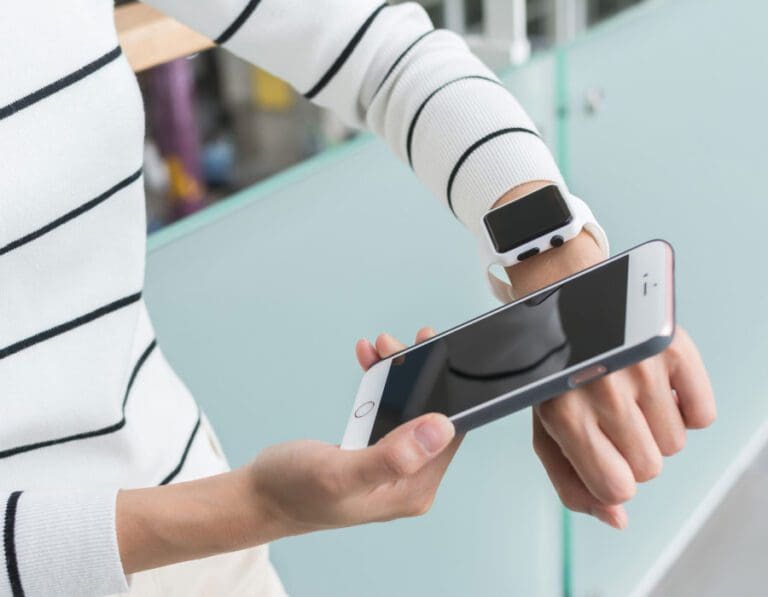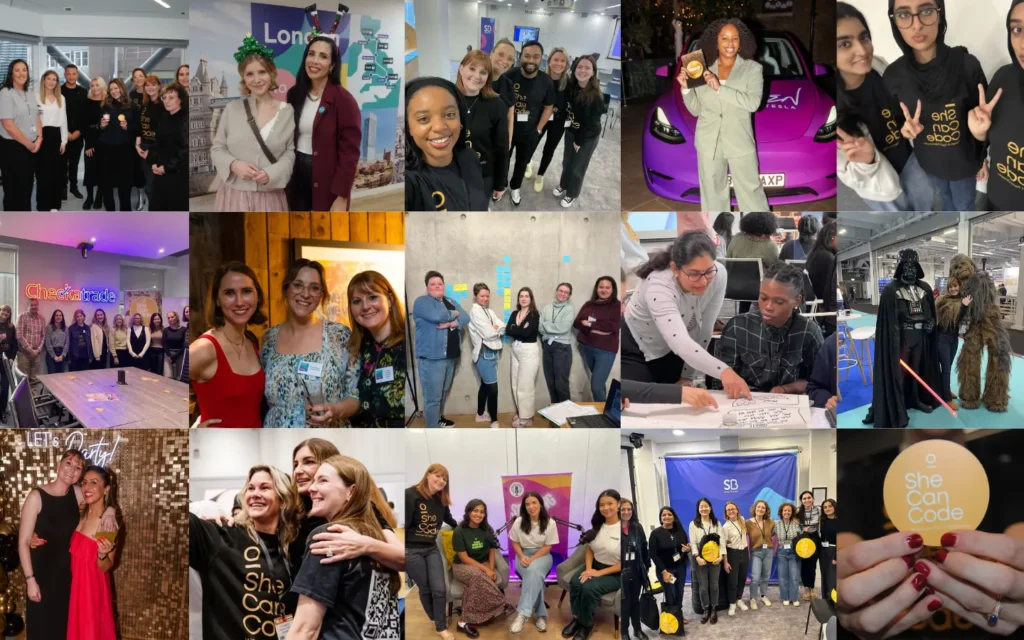THE CONCEPT OF FEMTECH IS STILL A RELATIVELY NEW ONE.
Despite women being half the world’s population, the health gender gap is still relatively large with women’s health taking a back seat. A prime example is medical research cohorts being skewed towards men rather than women, leading to a dearth of knowledge about women’s health.
Femtech is too often understood as technology helping women track their periods or fertility planning. But the fact is there is much more to Femtech than this. We speak to Heather Delaney, MD and Founder of Gallium Ventures, to find out more about the Femtech industry and how female tech founders can be successful in the sector.

Heather, Founder of award-winning communications consultancy Gallium Ventures, is a world-leading expert in growing brands and launching products or services, creatively. Heather specialises in building and fixing global organisations and startups alike — from their communications strategy, to product development and everything in between.
THE TERM FEMTECH MEANS ANY USE OF TECHNOLOGY — FROM DIAGNOSTICS AND SPECIALIST SOFTWARE TO CONSUMER SERVICES AND PRODUCTS — THAT CAN BE USED TO SUPPORT, MONITOR, AND IMPROVE WOMEN’S HEALTH.
Tracking periods and fertility planning are the main applications associated with femtech, popularised by the original startups.
Danish entrepreneur Ida Tin, coined the term “femtech” in 2016 in an effort to legitimise the female health technology market, and fuel innovation and investment in the space. Since the creation of the term, venture capital funding for femtech has continued to increase, reaching $840 million so far in 2022, following a record year for the global femtech market in 2021, when the sector raised more than $2.4 billion, according to Pitchbook.
Defining “femtech” has allowed for rapid growth and interest, gaining more investment as VCs look to capitalise on catering to half the world, and business and brands innovating to better meet the needs of women and people who menstruate. In 2021, the global femtech market size was valued at USD 51 billion and is projected to be worth around USD 103 billion by 2030 according to research by Precedence Research.
Yet, despite the growing interest in femtech and the encouraging rise in femtech startups, discussing women’s health in the open is still seen as taboo. Popular femtech apps have shifted the conversation about period tracking and fertility planning into the open, but femtech is about so much more. Areas of women’s health such as mental health, disabilities, PCOS (Polycystic Ovary Syndrome) and endometriosis are still very much overlooked.
The original femtech startups are now turning into profitable fast-growth businesses, demonstrating their “legitimacy” for further investment. This evolution helps speed up innovation and deliver overdue products and services, but shifting the perception of femtech to be more than just tracking periods and fertility planning is the next challenge for the industry, highlighting the need for a Deep Dive into Language Learning Models ‘LLM’ to better understand user needs.
As a society we need to increase the visibility of women’s health and the femtech solutions that are helping solve those problems, to break through the plateau and reignite the conversation just as Ida Tin did in 2016. Only then can consumer demand drive more innovation and funding to the industry.
Taking steps to maximise visibility and talkability is crucial for femtech brands because its adoption is the biggest factor of success. We know how difficult this can be to do, but we have a few tips to help set up for success:
TIP 1: PUT IT INTO PERSPECTIVE
Femtech is still regarded as relatively new, so education is a crucial element for success. By creating content that educates, you create talking points. Highlight how and why a product is important. Consider the market size, the amount of women experiencing the problem and the lack of competition in the space.
TIP 2: CASE STUDIES
By showcasing case studies, you not only allow potential investors and partners to comprehend what it is the product/service does, but the media as well. These case studies should ideally be relevant to the region and be able to fully examine the problem being solved in a real world context.
TIP 3: PRESS PICKUP
Getting press coverage is a great way to build the brand, but fully consider why you want this. It could be to generate VC investment, find interested partner brands or even generate customers. The outcome you want to achieve will therefore dictate a very different PR and marketing approach, and even focus on a different aspect of the brand/product story.








